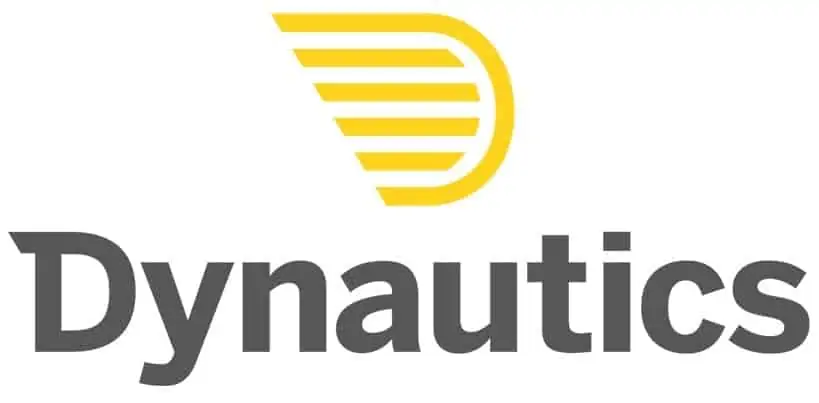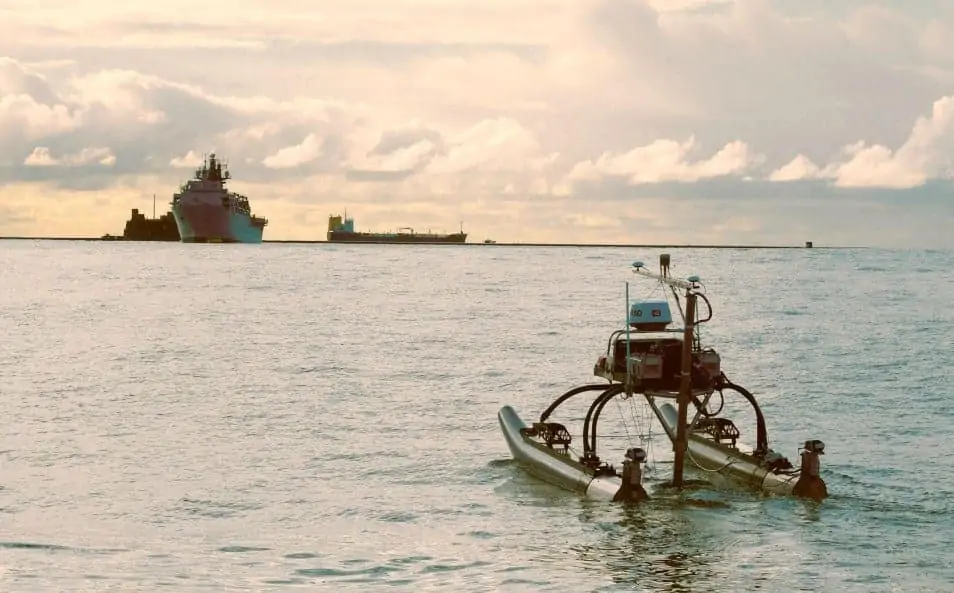Dynautics has announced that it has developed a new range of Collision Avoidance (CA) systems for unmanned surface vessels (USVs). The company has several years’ experience in providing CA at multiple levels within the unmanned marine vehicle market and has previously developed an external CA interface as a standard which enables Dynautics autopilots to interact with third party sense and avoid systems. This has been in use for the past 10 years on fast surveillance vessels which use the Dynautics Spectre navigational control system with the customers’ own sensing products which output avoidance instruction to the control system.
“Sensing” and “avoiding” are two different elements of Collision Avoidance. Sensing, locating and tracking involves a range of sensors – radar, electro-optic, AIS data – which can be bulky and expensive.
Dynautics CA-0 is an internal CA algorithm (residing within the SPECTRE Autopilot module) which uses obstacle data that is transmitted to the USV using the command and control datalink. This can include pre-programmed fixed obstacles, and target data from area surveillance radars.
Dynautics CA-1 also resides within the SPECTRE Autopilot module. CA-1 uses AIS data for the sensing function. This minimally sized system has been used successfully in open ocean situations on slow moving, wave powered vehicles.
Dynautics CA-2 is an external CA avoidance module. The sensing function is supplied via an interface to Navico 4G, FMCW Radar with MARPA. Dynautics supply the unlocked Radome, the MARPA system configured for use on USVs, and the interfaces to the Spectre autopilot. This system can be augmented with other sensors, such as AIS and electro-optical sensors.











